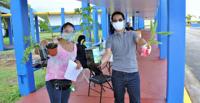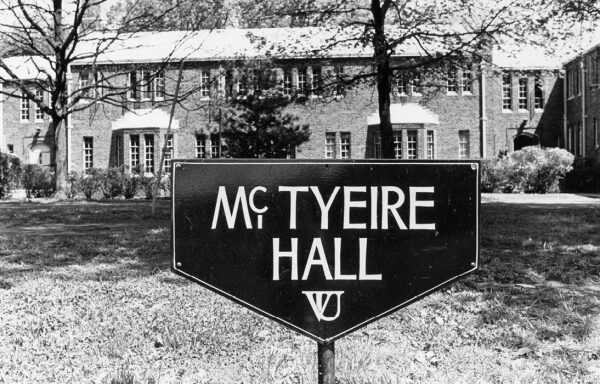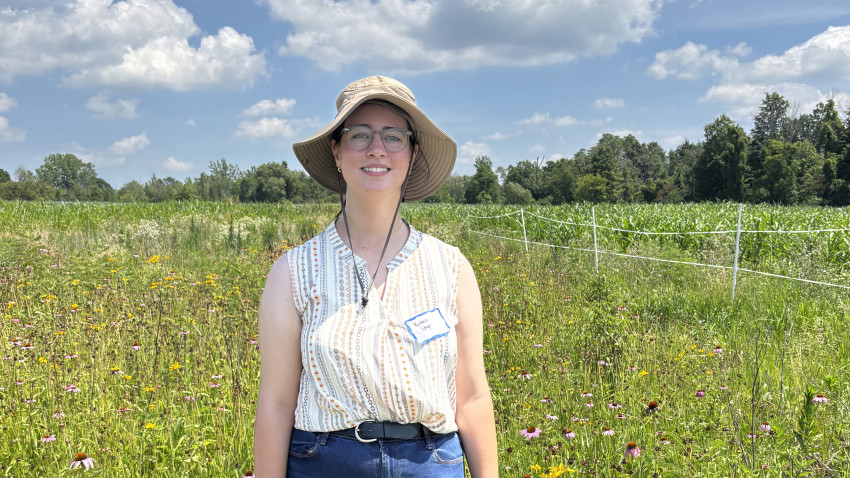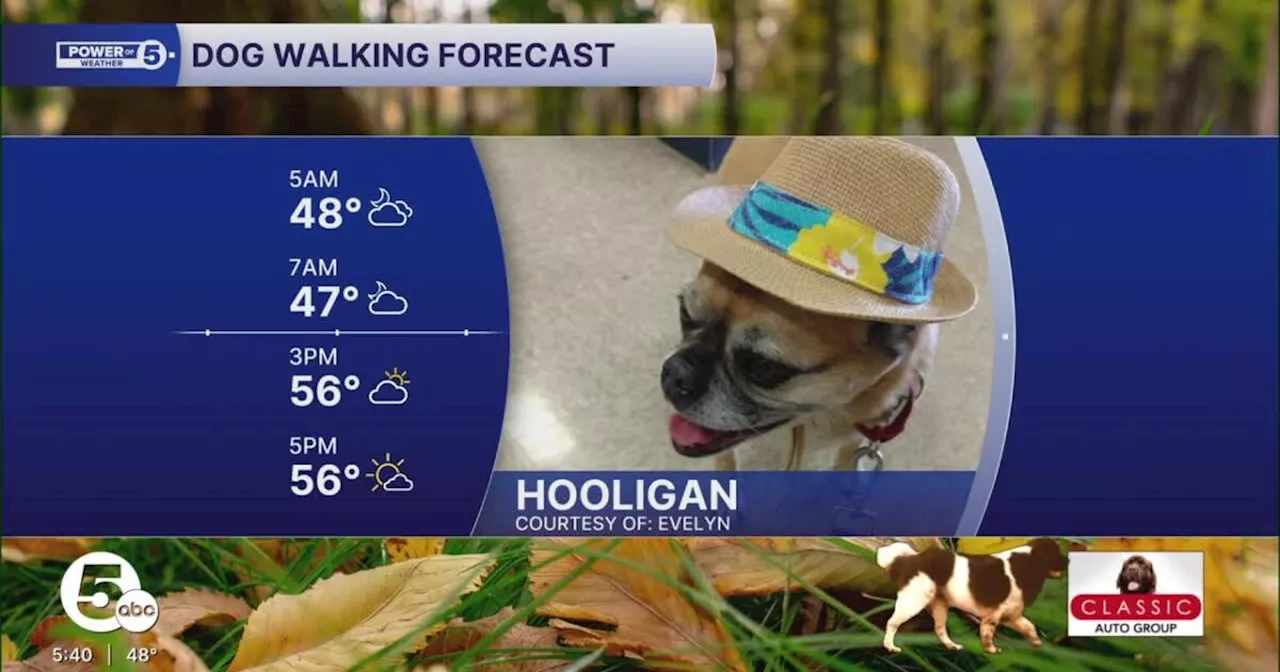Former candidate for the position of superintendent of the Guam Public School System, Yamashita, has called for transformative changes in the educational landscape of Guam. In a recent opinion piece, Yamashita expressed gratitude to the candidates who were selected for the role and reiterated a commitment to enhancing educational opportunities for all students.
Yamashita reflected on past experiences, mentioning that both Superintendent Luis Reyes and Superintendent Bunny Sgambelluri acknowledged the merit of her candidacy, stating, “It should have been you.” Despite securing a significant vote count of 19,851 in the 2010 elections, she fell short of the necessary six votes to be appointed.
In her vision for the future, Yamashita proposes an educational model that prioritizes individualized learning experiences rather than a one-size-fits-all approach. She advocates for a system where families can choose their children’s schools, emphasizing the need for every institution to create supportive environments that cater to diverse student needs.
Yamashita envisions every school in Guam evolving into a universal educational institution from preschool through grade 12. This model would involve collaboration among various schools, including St. Paul’s, Harvest, and St. John’s, to learn from their successful practices. She believes that charter schools represent a natural evolution of public education and proposes specific transformations for existing high schools.
For instance, she suggests that Southern High School be developed into a Fine Arts Charter School, while Okkodo High School could specialize as a Business Technology Charter. Each proposal is designed to create specialized pathways that align with students’ interests and career aspirations.
Yamashita emphasizes the importance of inclusive education, advocating for all schools to welcome students with disabilities and establish community gardens, fostering both educational and environmental awareness. She also plans to implement active child find programs that will partner with local mayors to identify and support families in need.
The proposed changes aim to address broader issues facing the community, including high unemployment rates, which currently stand at approximately 55,000, and challenges related to health, crime, and mental well-being. “We need to provide that opportunity, support, and expectation to every student,” she asserted.
Yamashita insists that the incoming superintendent must adopt simple, inclusive strategies to engage all stakeholders, including students, families, teachers, and local authorities. She stresses the necessity of performance accountability and professional development across all levels of education.
“This is a big dream, but we must aim high to achieve meaningful results,” Yamashita stated. She believes that with the right leadership and community involvement, Guam can significantly improve its educational outcomes and overall societal health.
As she prepares to delve into operational aspects in her next column, Yamashita remains committed to advocating for a brighter future for Guam’s students, calling for collective efforts to enhance the educational framework that shapes the lives of young learners.







